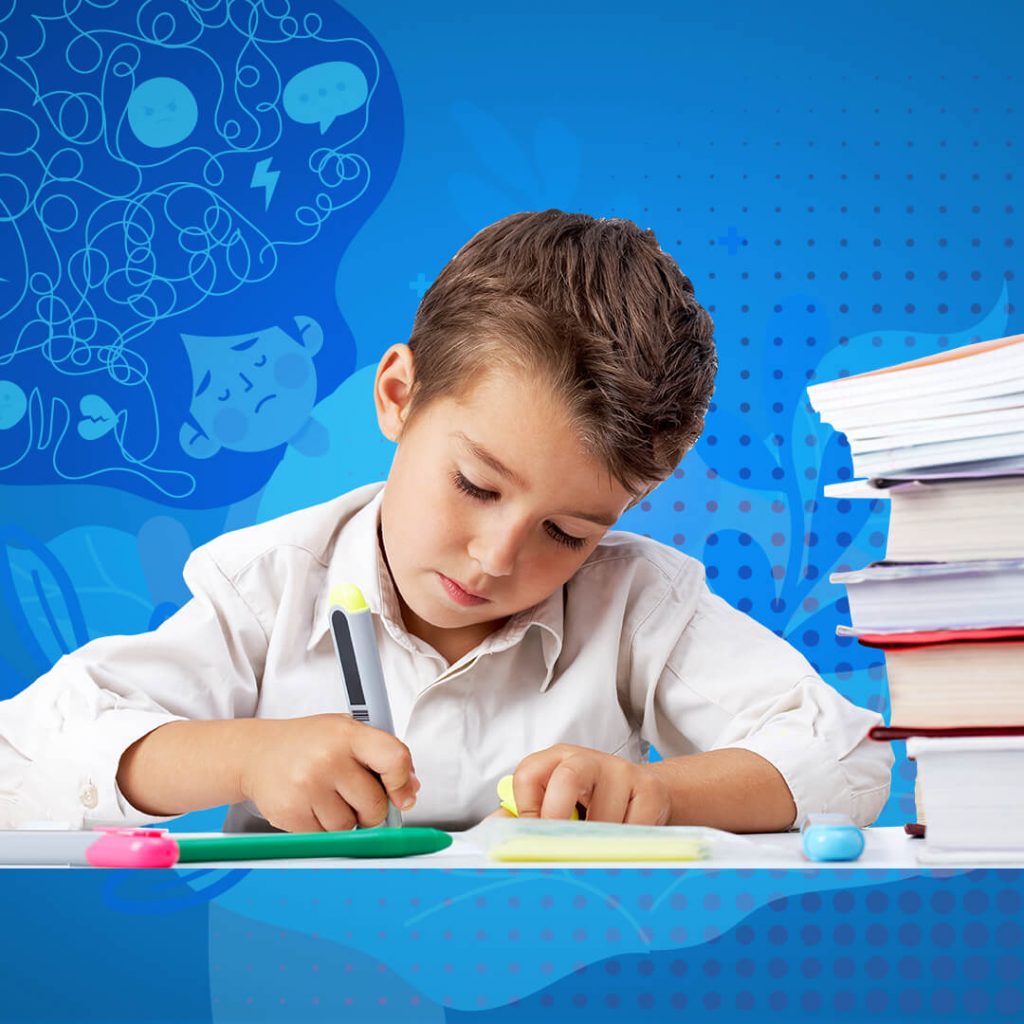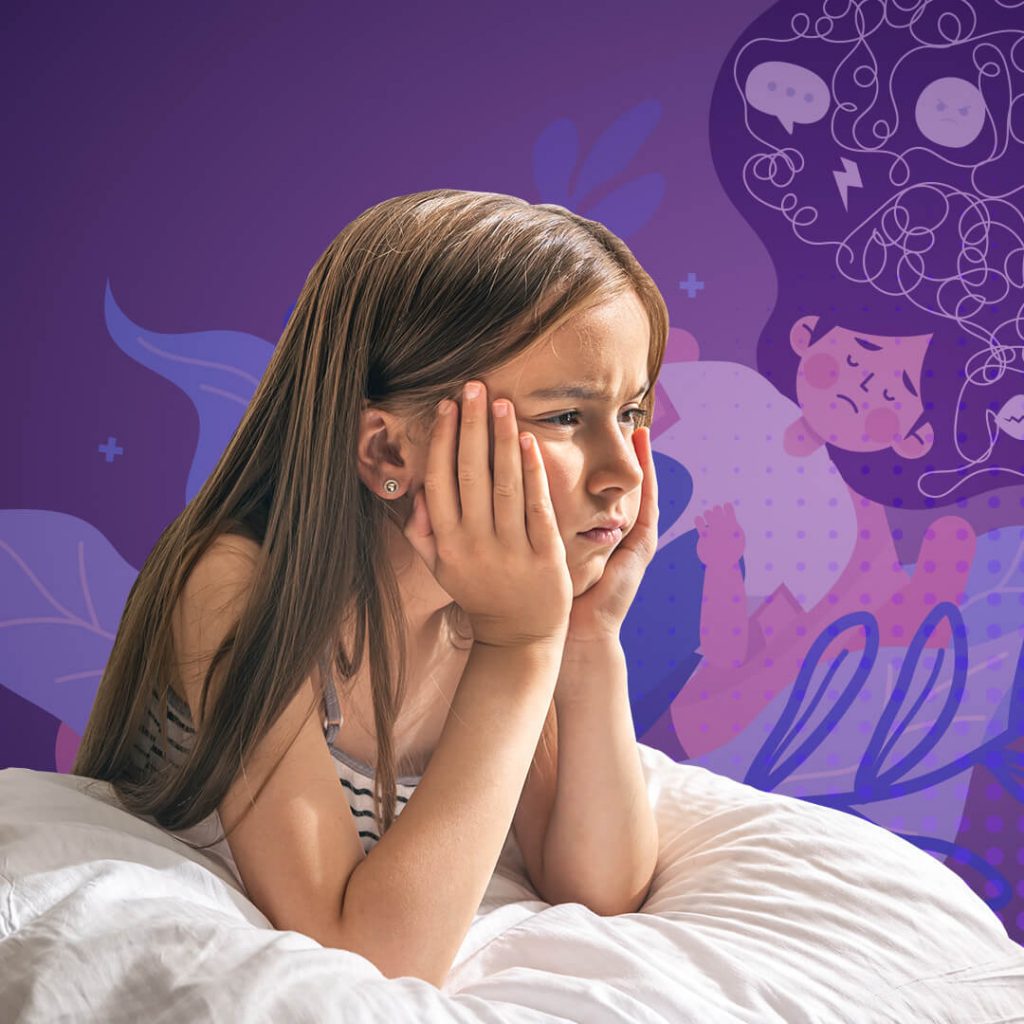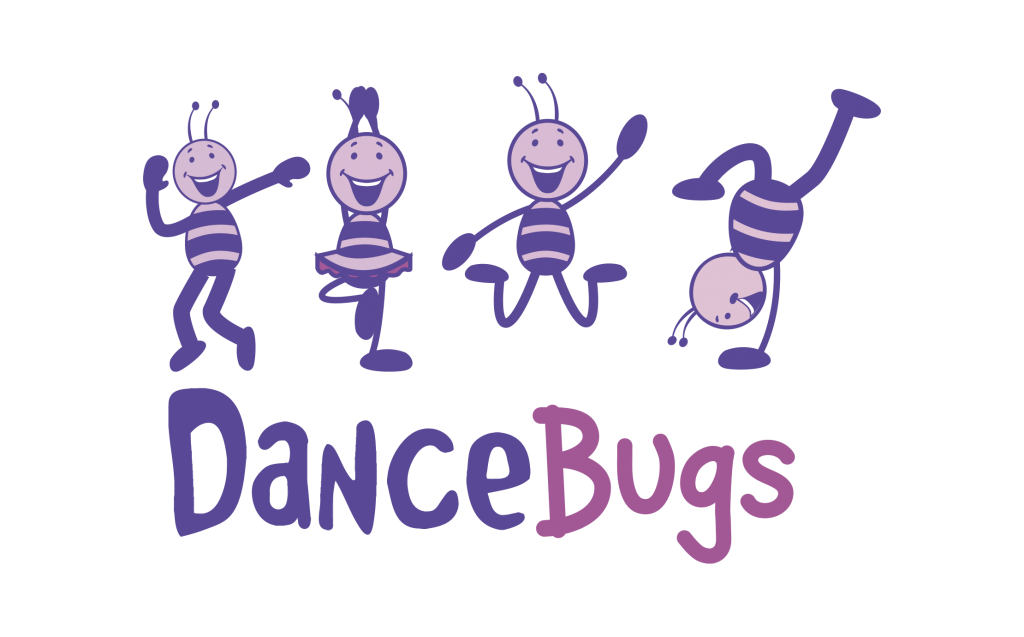Module 4 - Social, Emotional & Mental Health

Anxiety
If anxiety is addressed at an early stage, it can often reduce the impact in later years and lead to better outcomes in the future. All staff have a responsibility to look after the mental health and wellbeing of children and should have the necessary training to identify and respond to the warning signs of anxiety and stress.
By the end of the section, you will be able to…
Recognise the harmful impact anxiety can have on the health and wellbeing of children and young people
Identifying the potential signs and physical symptoms of anxiety in children and young people
Understanding a range of preventative strategies used to reduce anxiety in children and young people, as well as acknowledging the ways they can be supported
Appreciating the difference between general anxiety and test anxiety, as well as knowing how to reduce exam stress in children and young people
Interested?
Depression and Low Mood
Children and young people may suffer from low mood, sadness or depression at different stages of their life. They will mature and develop emotionally at different times so it is important that staff have the necessary training to help children manage their own feelings, increase their self-awareness and build their confidence, resilience and self-worth through their formative years.
By the end of the section, you will be able to…
- Understand the causes of low mood, sadness and depression in children and young people and the harmful effects this can have on them
- Recognise the potential signs and physical symptoms of low mood, sadness and depression in children and young people
- Understand a range of strategies used to reduce low mood, sadness and depression in children and young people, as well as acknowledging the ways they can be supported

Interested?

Self Esteem
This section empowers you as an educator to develop the skills to build the confidence and self-esteem of children while supporting them to reduce anxiety and manage stress levels.
By the end of the section, you will be able to…
- You will gain an understanding of the value of healthy self-esteem to a child’s life, and how this is crucial to their personal, social, and emotional development
- You will learn to work in partnership with parents and carers to build a child’s self-esteem
- You will learn how to encourage children’s positive self-esteem, use praise carefully, and add in elements of choice during activities
Interested?
Childhood Trauma & Attachment Disorders
Attachment theory is centred on the emotional bonds between people and suggests that our earliest attachments can leave a lasting mark on our lives.
By the end of the section, you will be able to…
Understand the concepts of attachment theory and the ‘functionality’ of attachment behaviour
Be aware of the different ‘styles’ of attachment which develop
Be aware of the impact of attachment styles on brain development and its impact upon mental health
Recognise the impact of stress on the developing brain
Consider the impact of trauma and abuse when dealing with a child with attachment difficulties
Consider a range of strategies to help manage children with attachment difficulties

Interested?

Pathological Demand Avoidance
This section will explore Pathological Demand Avoidance (PDA) – a profile on the autism spectrum characterised by an extreme avoidance of everyday demands and expectations. The condition is often misunderstood and the usual autism approaches of structure and routine are ineffective.
By the end of the section, you will be able to…
Recognise and understand the features of a PDA profile
Learn strategies for supporting a PDA child or young person
Understand anxiety for PDA people and how you can help
Differentiate between internalised and externalised PDA
Recognise PDA and masking









